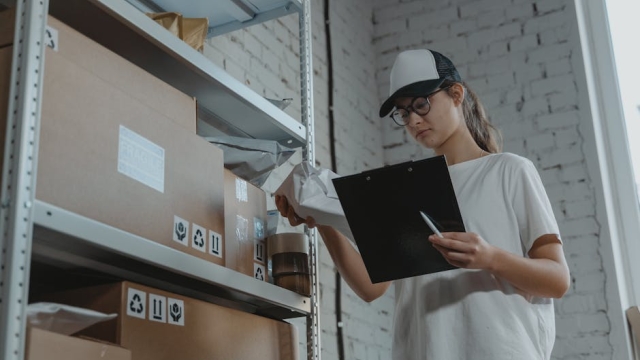
In various industries, the demand for ice plays a crucial role, whether it’s for food preservation, medical applications, or leisure activities. Therefore, understanding and improving ice production efficiency is essential for businesses aiming to reduce costs and enhance productivity. This article delves into the processes involved in ice production, explores technologies that improve efficiency, and outlines best practices for sustainable ice production.
Overview of Ice Production Processes
Ice production involves several methods, each with its own set of advantages and challenges. The two primary methods are traditional block ice production and modern flake or cube ice production. Block ice is created by freezing large volumes of water in insulated molds, which can then be broken down into smaller pieces for use. This method, while effective, often requires significant energy and time.
On the other hand, flake and cube ice production involves more sophisticated systems that utilize refrigeration technology to produce smaller ice shapes rapidly. These methods are favored in many commercial applications, especially in the food industry, due to their versatility and ease of use. Understanding these processes is crucial for businesses looking to enhance ice production efficiency.
Technologies for Improving Ice Production Efficiency
To enhance ice production efficiency, various technologies have been developed that focus on optimizing energy use and minimizing waste. One significant advancement is the adoption of advanced refrigeration systems. These systems utilize high-efficiency compressors and evaporators that can significantly reduce the energy required for ice production. By using variable speed drives and smart controls, these systems can adjust their operation based on demand, further improving efficiency.
Another key technology is automation in ice production. Automated systems can monitor production levels, temperature, and equipment performance in real time. This data allows for timely adjustments to be made, ensuring that production runs smoothly and efficiently. Additionally, automation can reduce labor costs and minimize human error, further contributing to improved efficiency.
Implementing energy recovery systems is also beneficial. These systems capture waste heat generated during ice production and reuse it to preheat incoming water or for other heating needs within the facility. This not only enhances ice production efficiency but also reduces overall energy consumption, making operations more sustainable.
Best Practices for Sustainable Ice Production
Beyond technology, adopting best practices is essential for optimizing ice production while considering sustainability. One effective approach is to conduct regular maintenance of ice-making equipment. Ensuring that machinery operates at peak performance reduces energy consumption and extends the lifespan of equipment, contributing to overall efficiency.
Another best practice is to implement a comprehensive monitoring system. By tracking energy use, production rates, and equipment performance, businesses can identify inefficiencies and make informed decisions to enhance their processes. This data-driven approach can lead to significant improvements in ice production efficiency.
Lastly, businesses should consider the source of their water. Utilizing filtered or recycled water can not only improve the quality of the ice produced but also reduce the environmental impact. Efficient water management practices can lead to a more sustainable ice production process, aligning with broader environmental goals.
In conclusion, enhancing ice production efficiency is a multifaceted endeavor that encompasses understanding production processes, leveraging technology, and implementing best practices. By focusing on these areas, businesses can optimize their ice production, reduce costs, and contribute to a more sustainable future. For more insights on improving ice production efficiency, businesses can explore resources that specialize in innovative practices and technologies in this field.




